Black Walnut Root Reach
whaas_5a
10 years ago
Related Stories

HOUZZ TVHouzz TV: A Most Unusual Indoor-Outdoor Connection
A giant California Sycamore grows through this dream house in the hills of Los Angeles
Full Story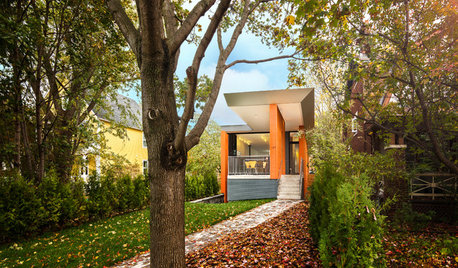
MODERN HOMESHouzz Tour: A Modern Home Rooted in Its Place
It's partially buried in the earth, but with a cantilevered roof and strong colors, this Ottawa home is anything but shy
Full Story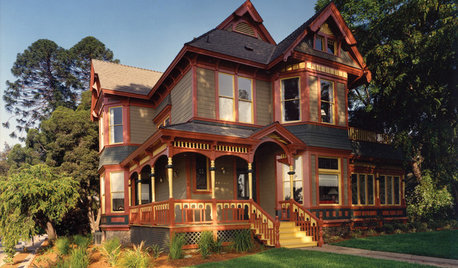
ARCHITECTURERoots of Style: Does Your House Have a Medieval Heritage?
Look to the Middle Ages to find where your home's steeply pitched roof, gables and more began
Full Story
MODERN ARCHITECTURERoots of Style: International Style Celebrates Pure Form
Using technology and materials of the time, International style is always current. See its expression in these 16 homes around the world
Full Story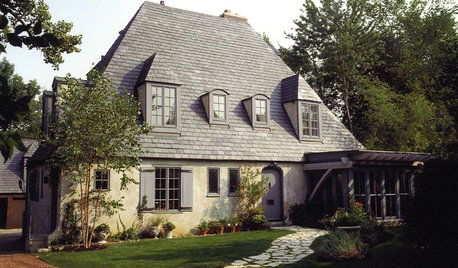
ARCHITECTURERoots of Style: French Eclectic Design Continues to Charm
Hip roofs, towers, quoins ... if your house includes architectural elements like these, you might trace its design lineage to France
Full Story
MATERIALSWoodipedia: Walnut Wows in Traditional and Modern Settings
With its rich color and lustrous polished finish, walnut is a favorite wood for all kinds of millwork
Full Story
HOUZZ TOURSMy Houzz: Warm Walnut Rules in an Open-Concept Canadian Home
Traditional takes a turn for the modern in this remodeled St. John's home, newly focused on clean lines and sleek finishes
Full Story
COLOR10 Pair-Ups for Black in the Kitchen
Combine black with other colors to add drama, polish and modernity. It also can make a kitchen look more spacious
Full Story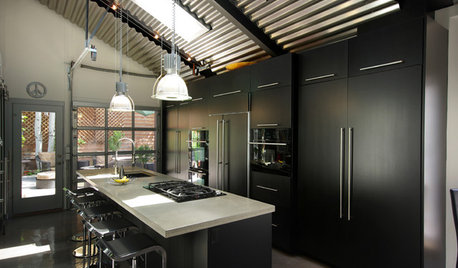
KITCHEN DESIGN10 Smashing Black Kitchens
Looking for something different from an all-white kitchen? Think about going stylishly dark instead
Full Story

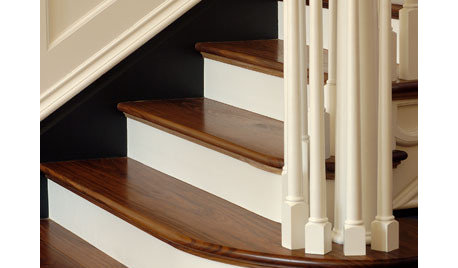


hortster
whaas_5aOriginal Author
Related Professionals
Maple Valley Landscape Architects & Landscape Designers · Beachwood Landscape Architects & Landscape Designers · Port Royal Landscape Architects & Landscape Designers · Brookline Landscape Contractors · Deer Park Landscape Contractors · Lake Worth Landscape Contractors · Sun City Center Landscape Contractors · Black Forest Siding & Exteriors · Massapequa Siding & Exteriors · Palatine Siding & Exteriors · Saint Charles Siding & Exteriors · West Haven Siding & Exteriors · Port Saint Lucie Decks, Patios & Outdoor Enclosures · West Palm Beach Decks, Patios & Outdoor Enclosures · Acushnet Stone, Pavers & Concretej0nd03
whaas_5aOriginal Author
wisconsitom
brandon7 TN_zone7
Embothrium
fusion_power
whaas_5aOriginal Author
tsugajunkie z5 SE WI ♱